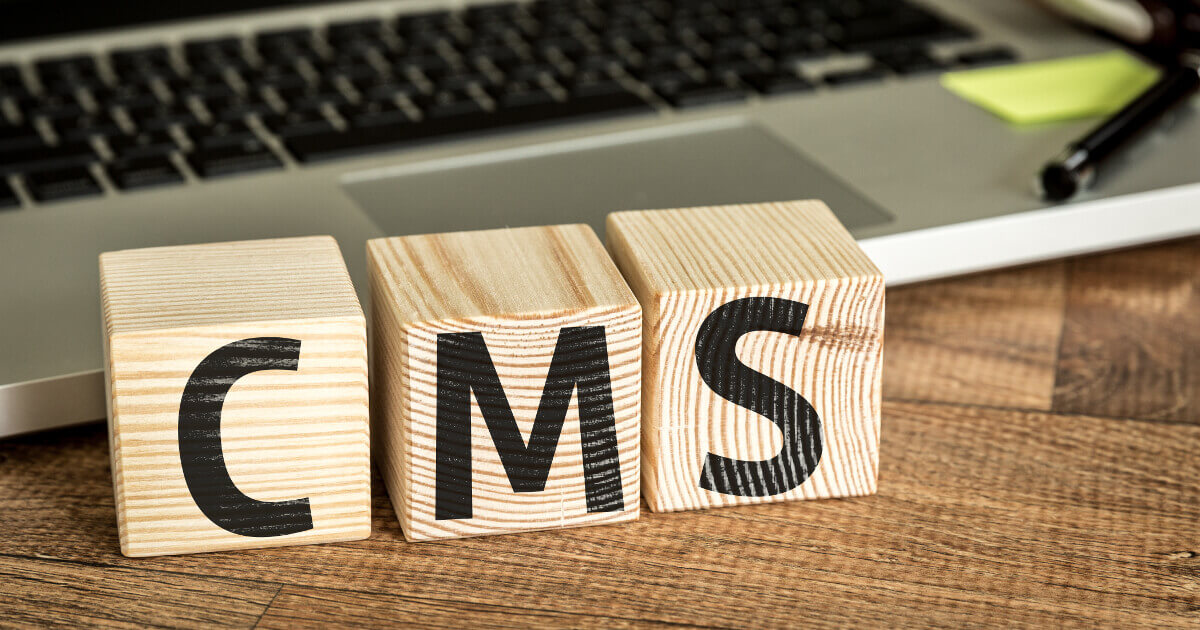Why Choose a Headless CMS?
What is a Headless CMS?
A headless CMS is a back end only content management system; it doesn’t generate a public-facing channel, like a website. It’s constructed as a content repository that makes content this accessible through a RESTful API. This can then display on any device. A headless CMS can deliver your content through an API directly, anywhere you want it due to its lack of a ‘head’. Because of this headless approach the content can be used on any mobile or web app platform.
CMS serves as the central hub for your marketing content that you can use to both engage with and interact with your customers. They do this by giving businesses the tools and applications they need to create, publish, and manage content for their customers across their digital channels and devices. It focuses entirely on the content components, leaving you to choose and customise the frontend. Today, customers are interacting with businesses on many devices and a headless CMS can help you keep up with the rising demand that generates and allow you to display not just directly to a customer’s device but also to public displays, such as in-store displays. The point is that it isn’t limited to websites. Therefore, headless can be exceptionally beneficial for comapanies dealing with a demand for Omnichannel content.

Advantages and Drawbacks
There are many reasons why you might want to consider a headless CMS. However, despite the benefits of a headless CMS, some companies might not be ready to make that change. In some situations, it’s best to just pick a regular CMS solution.
The primary advantage of a headless CMS is versatility and front-end flexibility. Traditional CMS systems organize content in web frameworks, but this has drawbacks as companies are increasingly looking to support a variety of devices and touchpoints in order to provide an omnichannel experience. traditional CMSs also control the way in which content displays on a website. The platform it uses typically has a rigid structures or template that limits marketers and may provide an unoptimized experience on some devices. Headless is simply more versatile as the frontend is no longer attached to the content layer so directly. A company’s developers can work with technologies they’re familiar with or that the company already uses.
This brings us to another Headless CMS advantage; developers aren’t bound to a specific programming language or framework. A developer can choose between any language they prefer to work on the frontend of the delivery of the CMS. This means you’re not hindered by the potential language and software attached to a traditional CMS. You don’t have to avoid ones with certain baggage attached to them or hire someone with specialised knowledge to work them for you. Your current developers can optimise them in the best way they personally are able for your content authors.
That said, this freedom does come with a drawback, headless CMSs require a degree of technical proficiency, while traditional CMSs had the web frameworks we mentioned earlier which included built-in support for creating and managing websites, most headless CMS platforms will require front-end developers to build the presentation layers for websites, mobile apps or any other medium the content will be delivered through. Small businesses most likely won’t have a team of developers, or the budget to outsource, building the frontend for a headless CMS. Even Enterprise companies may struggle; some are deeply entrenched in legacy CMS systems and so they would require a headless solution which has strong integration features to work within their current tech stack, limiting their options.
A challenge marketers face when creating content within a headless CMS is a lack of previews or a WYSIWYG (what you see is what you get) editor. A truly headless CMS has no presentation layer, so evaluating the final product can become difficult as marketers won’t be able to visualise what the end content will look like for users. This can cause your marketers to suffer and their content to be produced slower as marketers lose much of their autonomy, relying on developers to deal with rendering the content for them and predicting how it will look on the other end.
Conclusions
Your personal requirements will, as usual, define what it is you need, going headless, while potentially very beneficial, should be undertaken and integrated at your own pace. For most larger enterprise companies, a headless CMS would almost certainly be beneficial, but there are varying degrees of utility provided to smaller companies.
When deciding whether to use a headless or traditional CMS, you should ask yourself if you want a non-technical person managing the overall aesthetics of the website or if you’d prefer a more advanced user experience using specialized front end developers. For bigger projects where you’re prioritizing a unique user experience with different digital platforms and more complex features, a headless CMS is a right decision. But if you’re just working on a small company website or a personal blog with few pages and the same all-round look and feel, it’s much more effective to use a traditional CMS. After all, if there isn’t a demand for omnichannel content then maintaining the extra cost and technical requirements of a headless CMS only represents a loss for you.